How Did Ancient Chinese People Lose Weight?

Chinese food generally doesn’t contain extremely high amounts of oil and fat. So why is the number of obese people in China on the rise? In fact, the global obesity rate data is rather severe. According to the official website of the Food and Agriculture Organization of the United Nations, in 2022, 2.5 billion adults aged 18 and above were overweight, among whom 890 million reached the obesity standard, accounting for 43% of the global population. Since the 1990s, the global obesity prevalence has increased from 6.6% in 1990 to 15.8% in 2022. Currently, obesity has reached epidemic proportions. It is estimated that by 2030, there will be more than 1 billion obese adults worldwide. So, what solutions did the ancient Chinese have for weight loss? Let’s learn about them quickly.
Ⅰ. Shuttlecock Kicking
Firstly, shuttlecock kicking is a traditional Chinese folk sport. According to scholars’ research, the history of shuttlecock kicking can be traced back to the Han Dynasty at the earliest. In the early days, shuttlecock kicking was one of the “baixi” (百戏, a variety of ancient performing arts). Later, the shuttlecock gradually became popular among the public and became a sport suitable for people of all ages. The Continued Biographies of Eminent Monks (《续高僧传》), when Buddha, the first – generation eminent monk of Shaolin Temple in the Northern Wei Dynasty, was visiting Luoyang, he saw a 12 – year – old child, dressed in exquisite hanfu, kicking a shuttlecock in the market. The child managed to kick it 500 times in a row at one go. Analyzing the era when this story took place, seeing a child kicking a shuttlecock on the street indicates that shuttlecock kicking was already quite popular during the Sui and Tang dynasties.
When Buddha, the first – generation eminent monk of Shaolin Temple in the Northern Wei Dynasty, was visiting Luoyang, he saw a 12 – year – old child, dressed in exquisite hanfu, kicking a shuttlecock in the market.
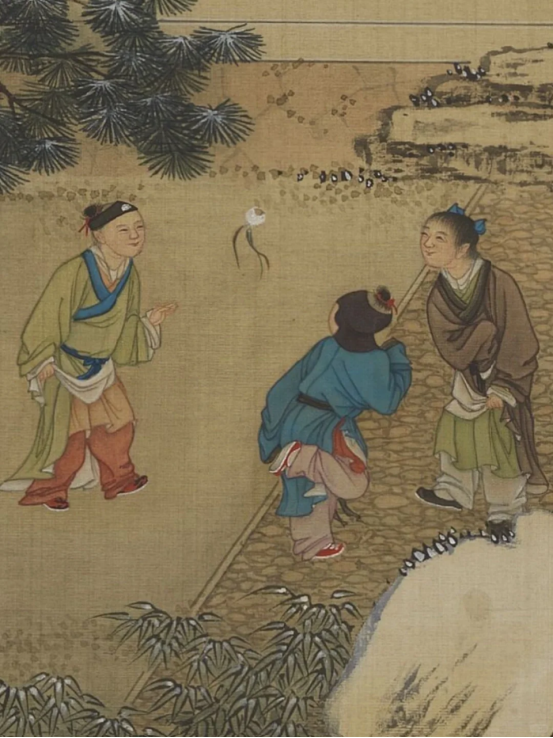
In the Song Dynasty, shuttlecock kicking absorbed some techniques from cuju (ancient Chinese football), resulting in more diverse patterns and ways of playing. At the same time, specialized shops selling shuttlecocks emerged in the Song Dynasty. During the Ming and Qing dynasties, the activity of shuttlecock kicking became even more widespread and was deeply loved by the public.
For the sport of shuttlecock kicking itself, simply catching the shuttlecock is just the most basic step. One can be considered truly skillful only if they can perform various fancy moves. Qing Dynasty documents record many interesting ways of kicking shuttlecocks at that time. Chronicle of the Imperial Capital’s Seasonal Wonders: Seasonal Acrobatics (《帝京岁时纪胜·岁时杂技》) records:
“There were people in the capital city who were specialized in shuttlecock kicking. They danced with their hands and feet, and did not stop for a long time. They could use their hands, faces, backs, and chests to hit the shuttlecock in a circular motion. They could adapt to the height of the shuttlecock skillfully and prevent it from falling. This was truly a unique technique among various games.”
Performing fancy shuttlecock kicking requires the activation of muscles and joints in multiple parts of the whole body.
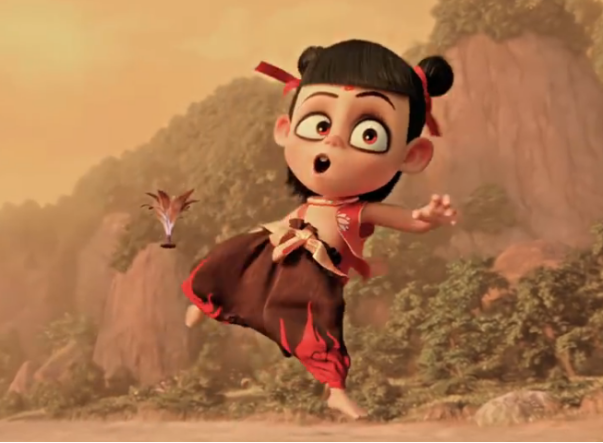
In addition to being a form of entertainment, shuttlecock kicking also has the effect of strengthening the body and promoting health. Catching, letting it fall, jumping, circling, and kicking – shuttlecock kicking allows the joints, ligaments, and muscles of the lower limbs to be fully exercised. Nowadays, many office workers have the habit of sitting for long periods without moving, and they often encounter problems such as discomfort in the cervical spine. Shuttlecock kicking can, to a certain extent, alleviate such problems.
Ⅱ. “Lifting Weights” and Aerobics
As is well known, fitness exercises can generally be divided into two categories: calisthenics (bodyweight exercises) and weight training with equipment.
“Lifting weights,” which many contemporary fitness enthusiasts are passionate about, falls into the category of weight training with equipment. “Lifting weights” means relying on fitness equipment such as barbells and dumbbells to carry out strength training. The ancients also started similar strength training a long time ago. The most typical example is “Qiao Guan.” “Qiao Guan (翘关)” used to be one of the most popular activities for strength training in ancient times. During the Northern Dynasties, “Qiao Guan” was used as a selection criterion for recruiting soldiers. In the Tang Dynasty, it became an important item in the military examination. The essence of “Qiao Guan” is weightlifting. “Qiao” means to lift, and “Guan” means a door bolt. So, “Qiao Guan” is to lift the large wooden door bolt on the city gate. In addition, the strength training that the ancients often engaged in also included lifting stone locks, carrying tripods, and so on.
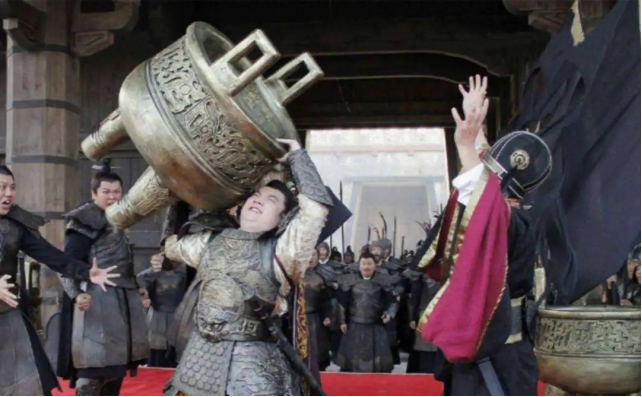
However, there are also some differences between the strength training of the ancients and that of contemporary fitness enthusiasts. The ancients placed more emphasis on the exercise of back muscles, while contemporary young and middle-aged people pay more attention to the training of pectoral muscles and abdominal muscles. This is probably related to the aesthetics and practical needs of different eras. Nowadays, if someone has been working hard on weightlifting in the gym for a month and is praised as “having broad shoulders and a thick waist” while walking on the street, they might feel a bit depressed. But in ancient times, “having broad shoulders and a thick waist” was indeed a compliment. The ancients needed to draw bows and shoot arrows, as well as lift heavy objects. Wearing traditional Chinese clothing during these activities, they had to rely on well – trained back muscles to complete various tasks with ease. So, they attached great importance to back muscles.
Although “lifting weights” has excellent fitness effects, for those who don’t have the right conditions, they can only give up on it. In comparison, calisthenics, which is a form of bodyweight exercise, is very convenient and accessible.
Our intelligent ancestors invented many bodyweight fitness exercises, and among them, the Five-Animal Exercises (五禽戏) invented by Hua Tuo in the Eastern Han Dynasty is quite interesting.
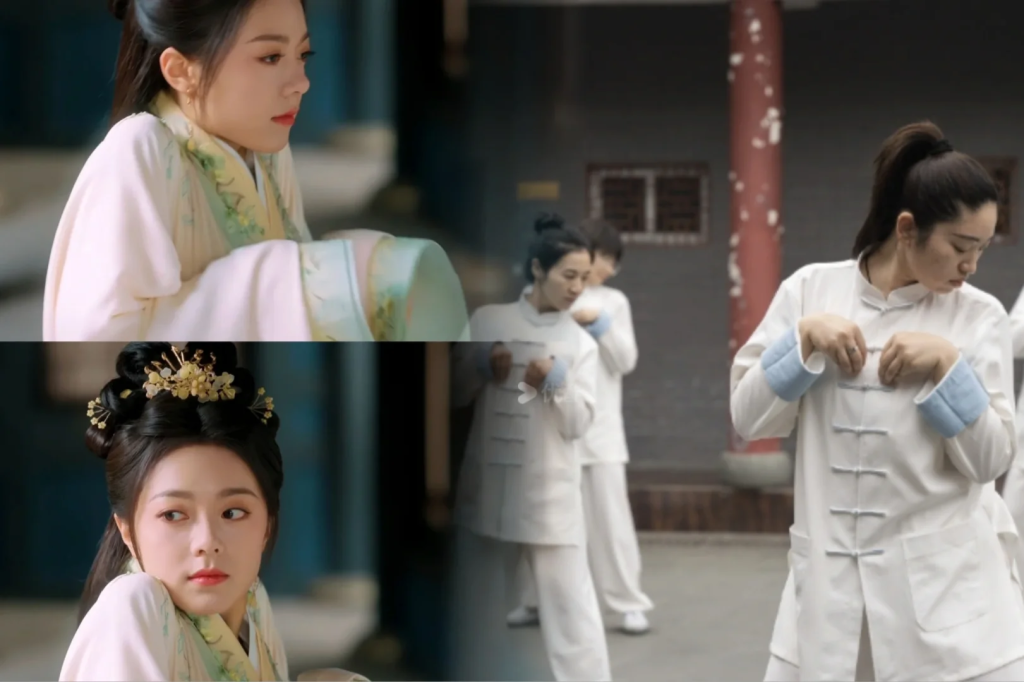
The Five-Animal Exercises stretch the muscles and bones by imitating the movements and expressions of five animals: the tiger, the deer, the bear, the ape, and the bird. To carry out this exercise, one needs to have sufficient imagination. For example, when imitating a bird, one needs to imagine that they are a red-crowned crane by the riverside and make the gesture of spreading wings to fly.
The Five – Animal Exercises contain a lot of principles of fitness and health preservation, and one needs to grasp the key points when imitating animals. For example, when performing the Tiger Exercise, one needs to imitate the might of a tiger, especially the scene of a fierce tiger pouncing on its prey, which is beneficial to the liver to a certain extent. When doing the Deer Exercise, one needs to twist the waist from side to side, and stimulate the kidneys through the movement of the waist to achieve the goal of strengthening the kidneys. When performing the Bear Exercise, one should rotate with the waist as the axis to massage the spleen and stomach. When doing the Ape Exercise, one needs to tuck the arms in front of the chest to make the blood vessels of the Heart Meridian unobstructed. When performing the Bird Exercise, the upper limbs need to perform lifting, lowering, opening, and closing movements, which can dredge the qi and blood of the Lung Meridian.
In addition to the Five – Animal Exercises, fitness routines such as the Baduanjin qigong and Tai Chi also have a wide audience. If your body is not very suitable for the shuttlecock exercise with a relatively high intensity, you might as well try these more gentle fitness routines. They can also promote blood circulation and achieve the purpose of strengthening the body.
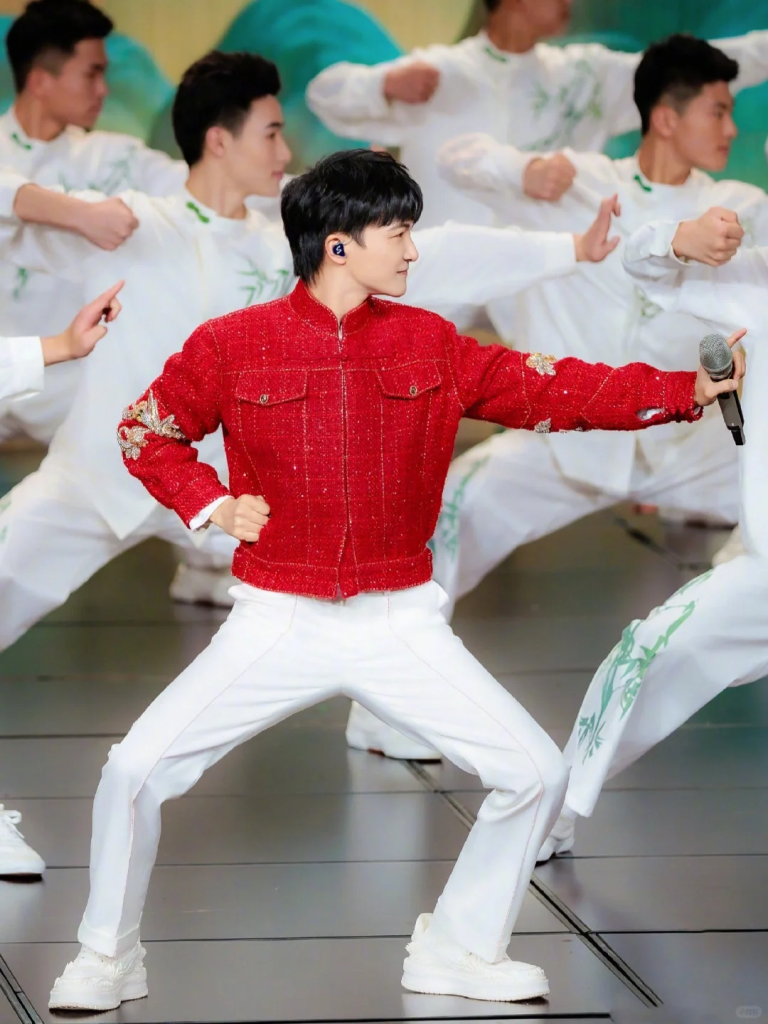
Ⅲ. Exercise Postures
In addition to fitness routines, some individual exercise postures of the ancients are also very popular nowadays.
Take boxing for example. Boxing is also known as free combat, and boxing aerobics is quite popular among contemporary young people. The history of boxing is extremely long. According to scholars’ research, as early as the Pre-Qin period, historical materials related to bare-handed boxing emerged. For instance, Zuo Zhuan records: “In the 12th year of Duke Zhuang’s reign, in autumn, Song Wan (宋万) assassinated Duke Min (闵公) in Mengze. He met Chou Mu (仇牧) at the gate and struck him to death with his hand…” Shuowen Jiezi explains: “Pi means to strike with the hand. The hand here refers to a fist.” “Pi” was an early posture of “boxing.” “Cha (扠)” in the Ming Dynasty was also a form of boxing. In Chapter 2 of Water Margin, it is recorded: “I have learned from seven or eight famous masters. I don’t believe I’m not as good as you. Do you dare to have a bout of ‘Cha’ with me?” Here, “Cha” also refers to bare-handed boxing.

Another example is handstand. Handstand is also known as “拿大顶” and this exercise has relatively high requirements for the muscles of the upper limbs and the waist. The history of handstand can be traced back to the Han Dynasty. Jia Yi’s New Book, Volume 4 (《贾谊新书·卷四·匈奴篇》), On the Xiongnu records: “People played the xiao (a flute) and beat the tao (鞀, a pellet drum). Those who did handstands came forward one after another, and dancers and performers occasionally performed.” Handstand is also a fitness exercise. When doing a handstand, it can change the tension of the muscles, which helps prevent and treat lower back pain and arthritis pain.
In addition, the ancients had a rather special way of keeping transcendental whistling. Although strictly speaking, whistling cannot be considered as a bodyweight fitness exercise, this way of keeping fit also doesn’t require any tools. In the park, we often hear many elderly people making sounds like “yi… ai… a”, which is also a form of whistling. The ancients left many poems related to whistling. Li Bai once wrote, “With a long whistle at Tianmen Mountain, a clear breeze comes from thousands of miles away.” Wang Wei wrote, “Sitting alone in the dark bamboo forest, I play the lute and whistle aloud.” Both of these describe the scenes of the ancients whistling. As most people might think, whistling means looking up to the sky and whistling. This action is beneficial for exhaling the old and inhaling the new, and expressing the pent-up feelings in the heart.
Summary
Objectively speaking, there are some differences between the “bodyweight fitness” of the ancients and that of contemporary times. What the ancients pursued was not fat burning, weight loss, or bodybuilding. However, the ancients had already paid attention to strength training and fitness through exercise in their daily lives, and they had consciously summarized the relevant theories. Some of their experiences are still beneficial to us today.
The essence of fitness is to exercise the body. From this perspective, our pursuit of bodyweight fitness actually has a dreamlike connection with that of the ancients across time and space.
Having said so much, are you eager to start tonight’s evening workout? Remember, just as the ancients gracefully carried out fitness activities in traditional Chinese outfit while considering their physical limits, when it comes to losing weight and getting fit, you must do it according to your own abilities and don’t overdo it!

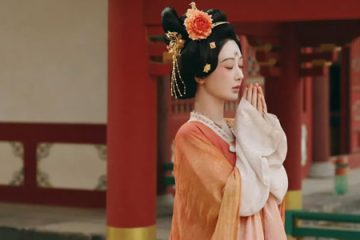
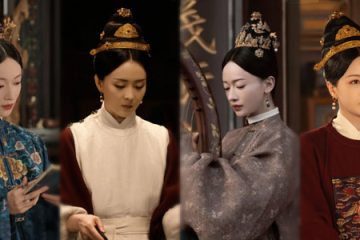
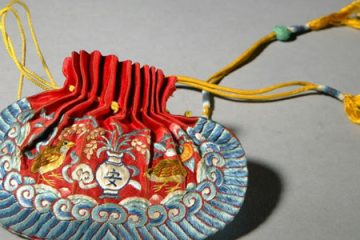
0 Comments